New England
New England Quarry Photos | Featured Photographer Steven Keirstead
A collection of images celebrating the unique beauty of the New England quarry by featured photographer Steven Keirstead.
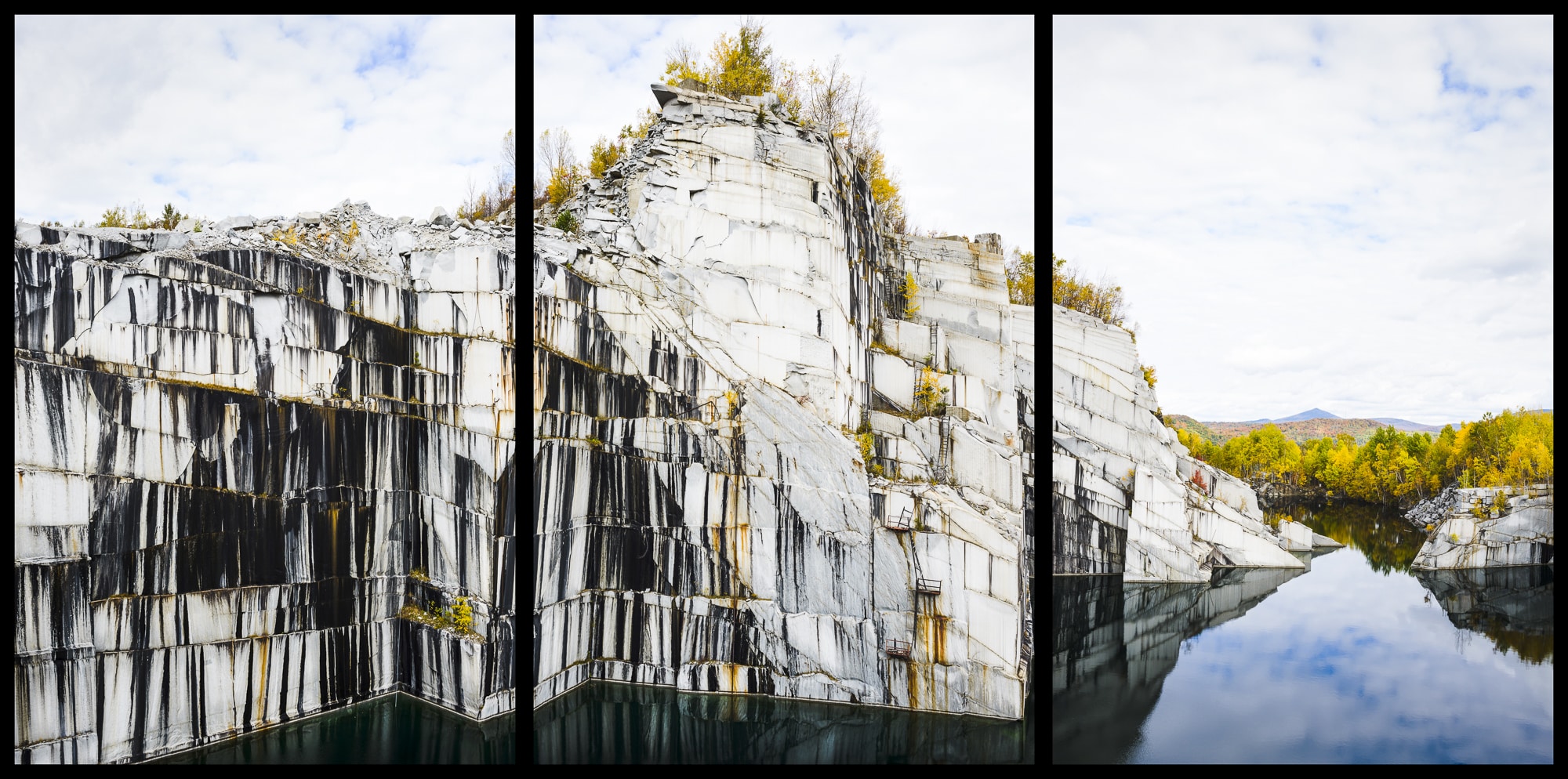
Coffee By Design | Portland, Maine
Photo Credit : Katherine Keenan
Photo Credit : Steven Keirstead
DESCRIBE YOUR CONNECTION TO NEW ENGLAND.
I was born overseas, in Vietnam, but my father grew up on a potato farm in Aroostook County, Maine. When I was little, we used to travel from North Carolina to visit relatives in coastal Maine. After college in Texas, I moved to Boston and met my future husband, Lansing Wagner, at Harvard University, where we both work in life sciences education, supporting labs for undergraduates. Lansing is from Winterport, Maine, and we often vacationed at the Wagner family’s rustic summer house on Herrick Bay in Brooklin. We decided to have our own summer/retirement house built in nearby Blue Hill. After I found out there were granite quarries in Blue Hill, I began to photographically explore quarries in Maine and Massachusetts. Eventually I decided to travel to all six New England states to photograph quarries in each of them, which became my “Quarries of New England” portfolio.DESCRIBE YOUR EQUIPMENT.
For several years I was shooting mostly 645 medium-format color film and printing my own negatives at the New England School of Photography and the Massachusetts College of Art. But in 2012 both schools closed their color darkrooms. So the only way to keep printing my own color images was to switch to digital. Now I use a Nikon D800E DSLR and a Leica M-P digital rangefinder camera. I mostly use Zeiss lenses for both systems, but sometimes I use some of the newer Nikkor and Leica lenses. I prefer single-focal-length lenses: 28mm and 35mm wide angles, mostly, but sometimes 85mm or 135mm telephotos. Image quality is quite important to me when I am shooting landscape work, so I often use either a monopod or a tripod to lend stability to the camera. I’m usually shooting three images side by side, intending to print them together as triptychs, and using a camera support helps me to compose and to align elements from one frame to the next. In post-exposure, I process raw files in Adobe Lightroom CC, then export images to Photoshop CC, putting the individual photos into a template with a black frame lines for printing or presentation. This format evolved from my film work, when I used to print two 645 negatives together on one sheet of paper in the darkroom, including the edges of the negatives, which became black outlines in printing. I’m now printing using Epson archival inkjet printers on Canson Photosatin RC paper. This combination makes better prints than what I used to be able to achieve in the darkroom, because I can control a lot more variables to achieve the realistic color that I like. Printing on archival paper is important to me because the image on paper is likely to last longer than the digital source files, which will eventually become corrupted and unusable. I’m striving for a picture that is partially documentary, partially lyrical and artistic, and above all conveys a detailed sense of place and space to the viewer.WHAT INSPIRES YOU?
I adore Japanese art, particularly from the Meiji period (1868–1912); that art was made after Japan reopened to contact with Europe and the U.S. and began to combine visual ideas from Eastern and Western traditions. In photography, I am awed by nature — both majestic forests and barren wastes. My real interest lies in how humans interact with nature, for better or for worse. Our activities have been profoundly influencing the landscape for thousands of years. As agriculture and the industrial revolution gave us more control over local environments, our alterations to the land have often been exploitative and destructive. But when an industrial site like a rock quarry is abandoned by people, nature begins to return. The land will never be the same as it was before, but unless the land is polluted by toxic waste, life finds a way to persevere and reclaim the place. These altered landscapes have their own peculiar beauty, which speaks to me of the resilience of nature. To see more of Steven Keirstead’s work or to learn how to purchase prints, go to fas.harvard.edu/~keirst.NEW ENGLAND QUARRY PHOTOS | FEATURED PHOTOGRAPHER STEPHEN KEIRSTEAD
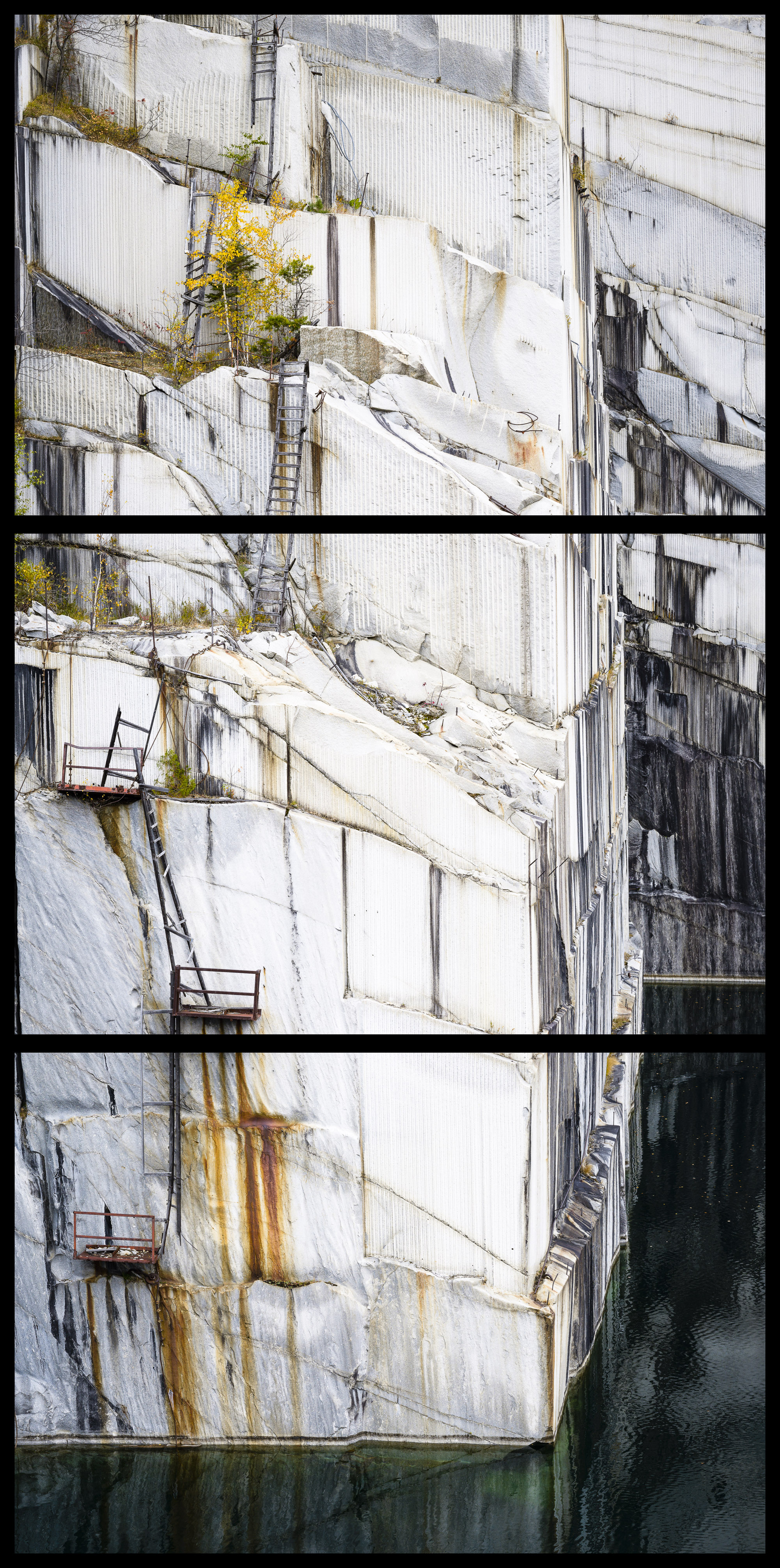
Photo Credit : Steven Keirstead
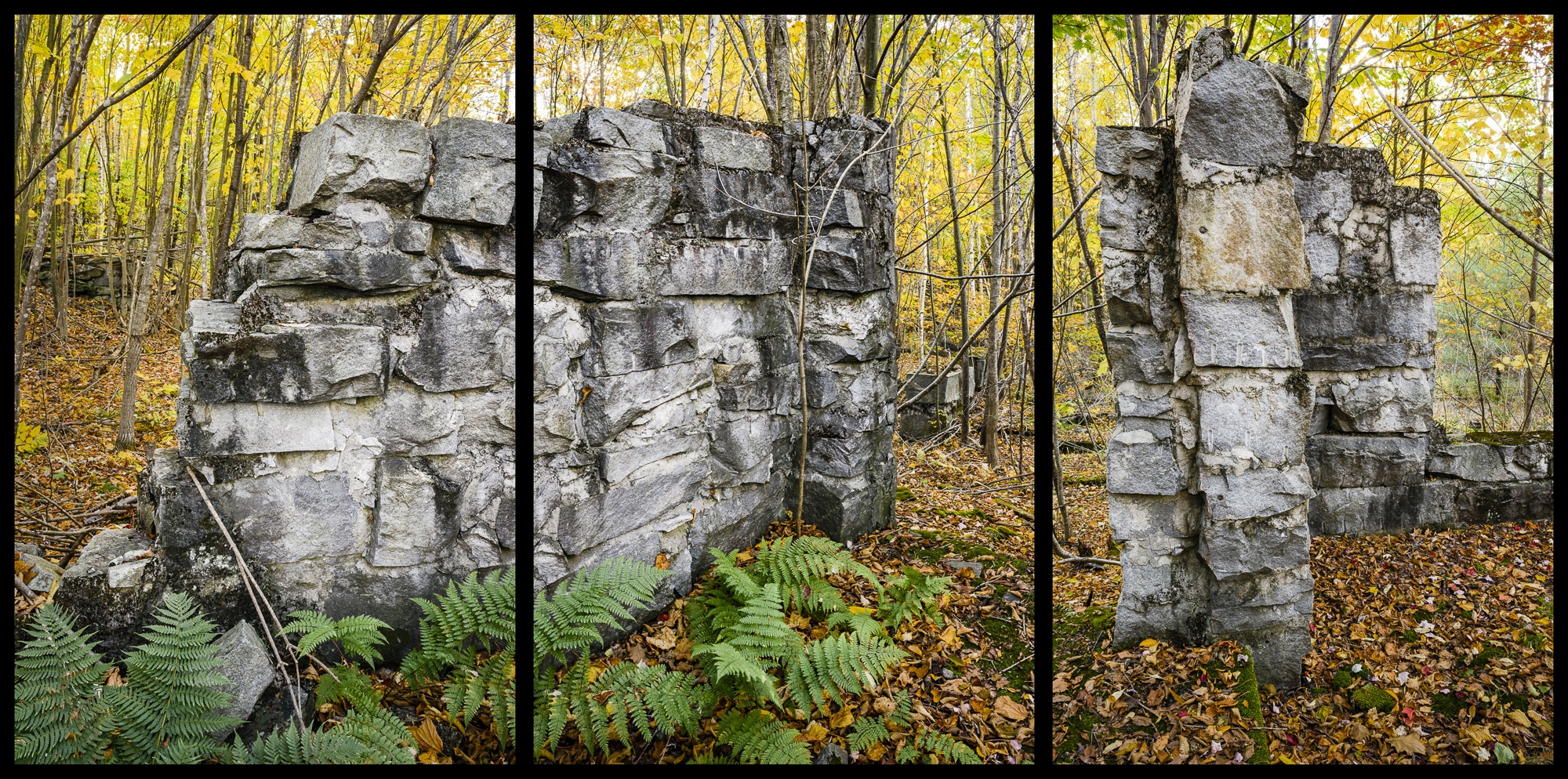
Photo Credit : Steven Keirstead
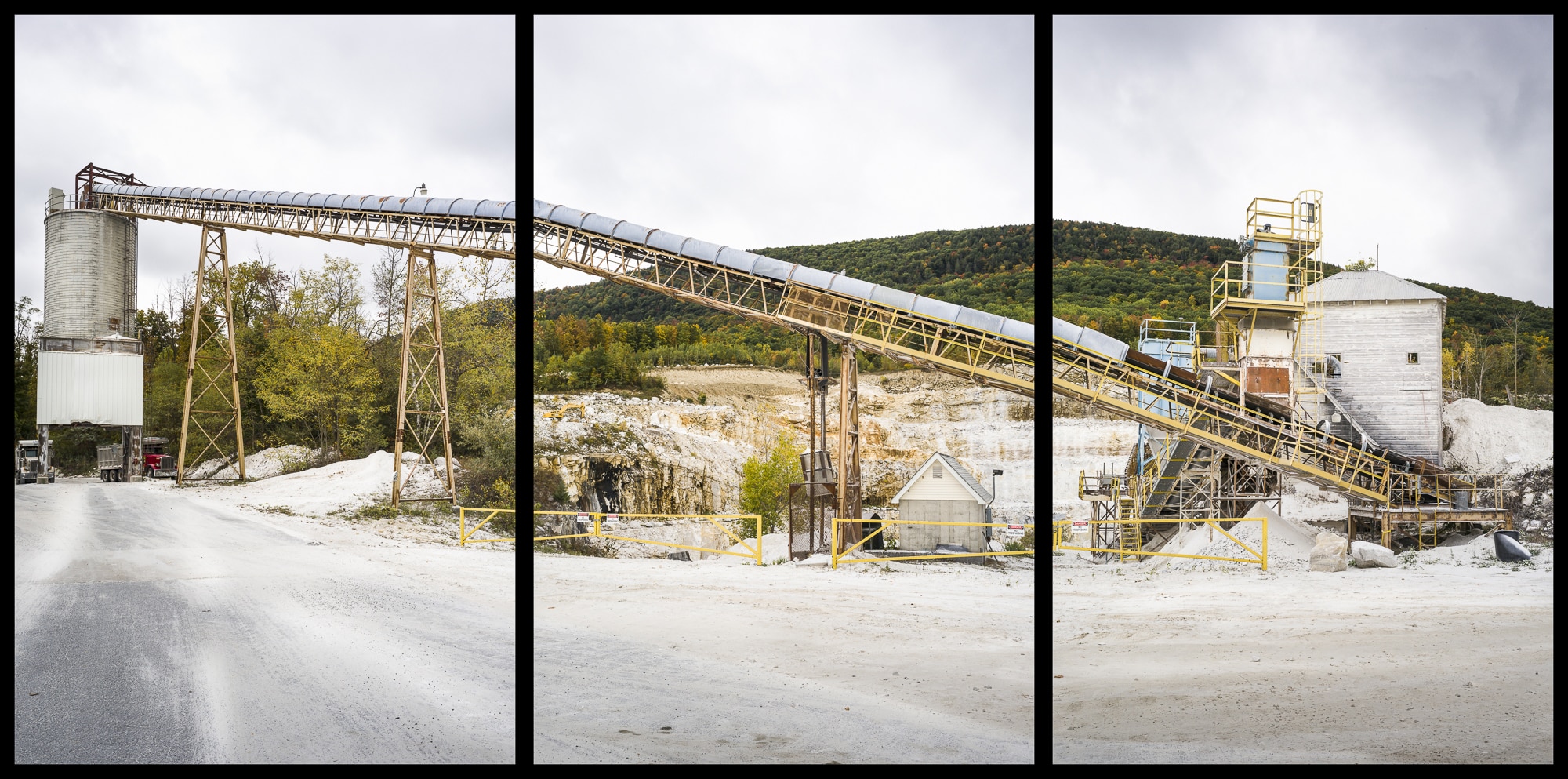
Photo Credit : Steven Keirstead
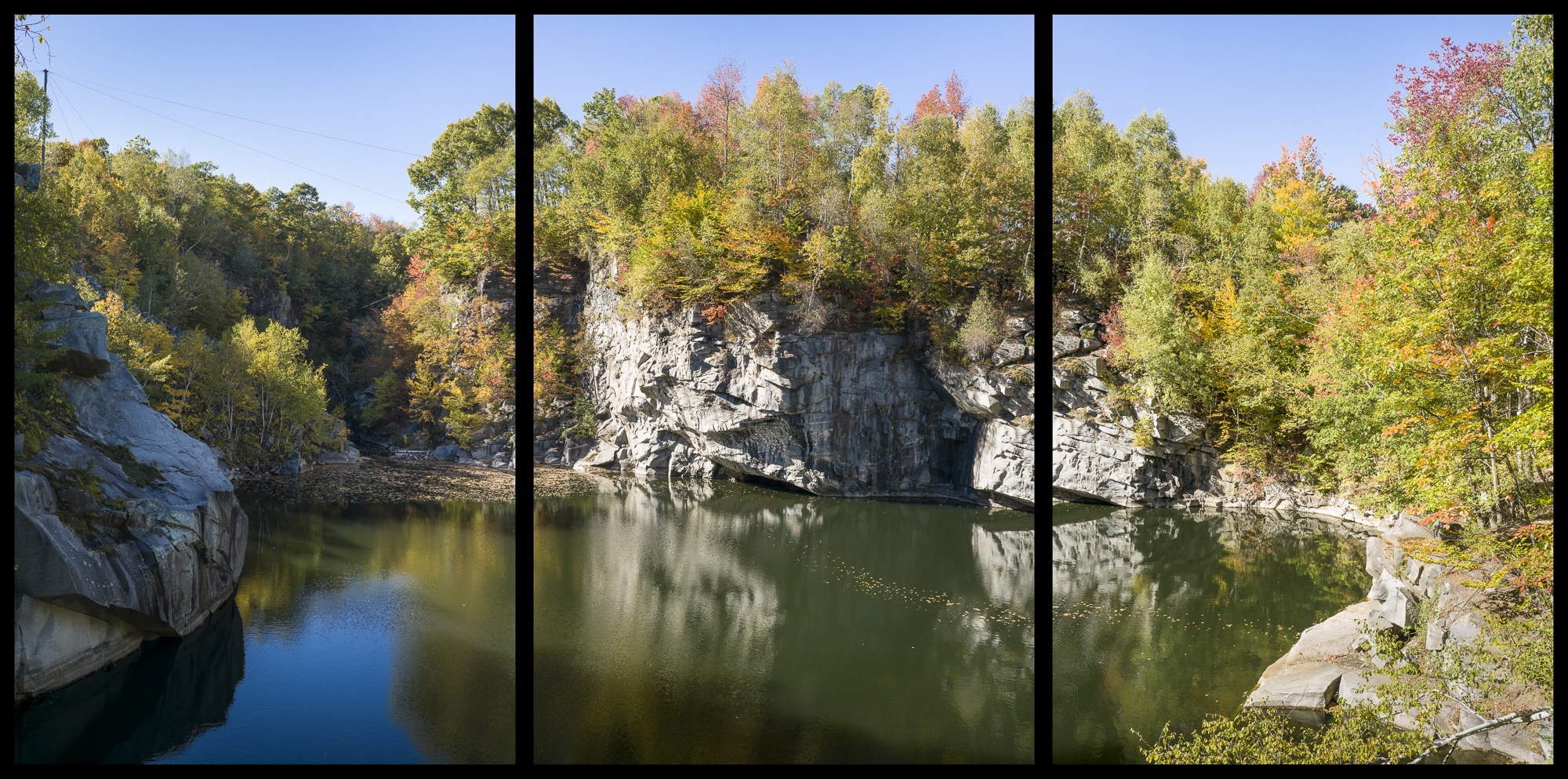
Photo Credit : Steven Keirstead
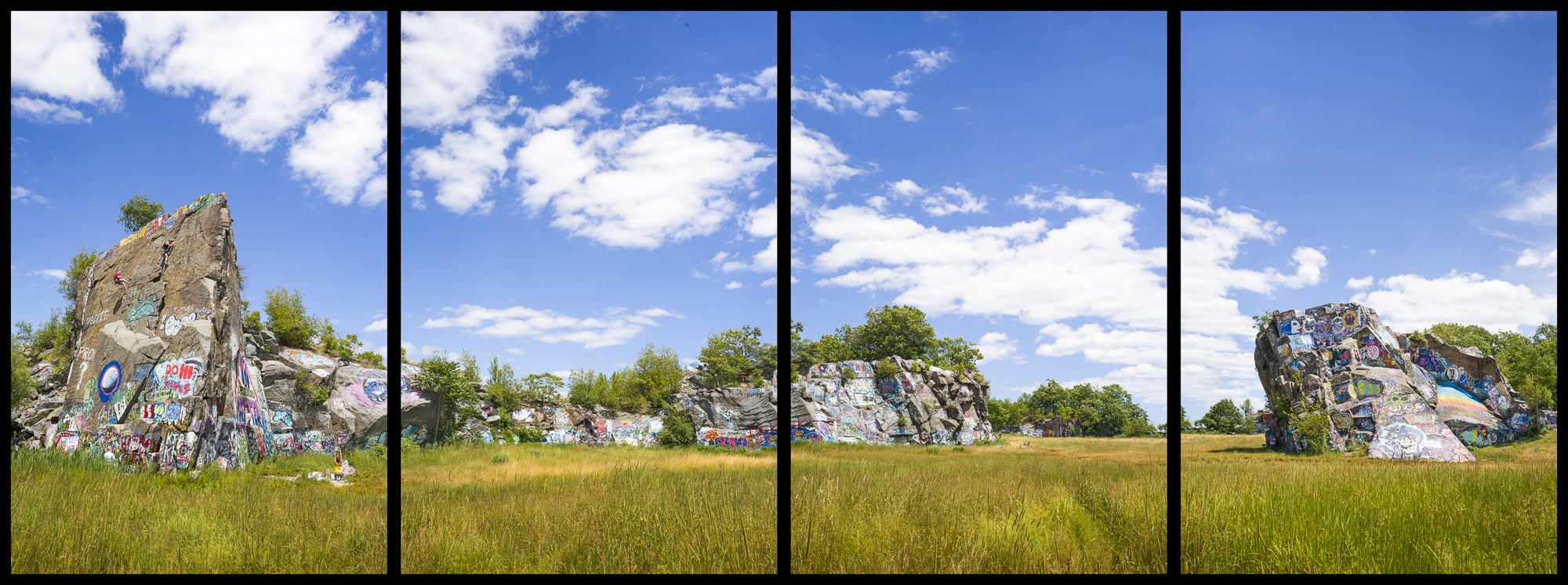
Photo Credit : Steven Keirstead

Photo Credit : Steven Keirstead

Photo Credit : Steven Keirstead
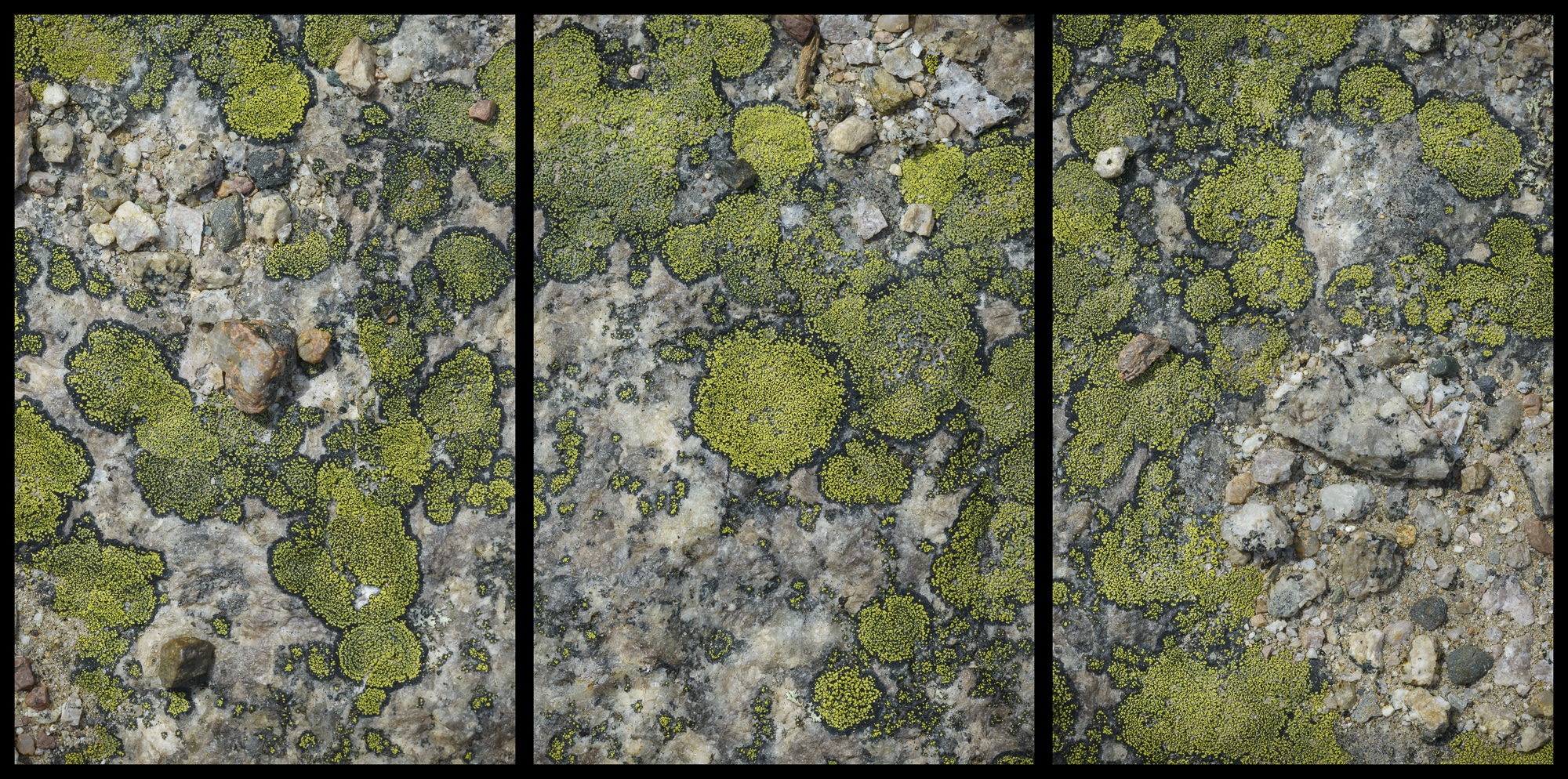
Photo Credit : Steven Keirstead
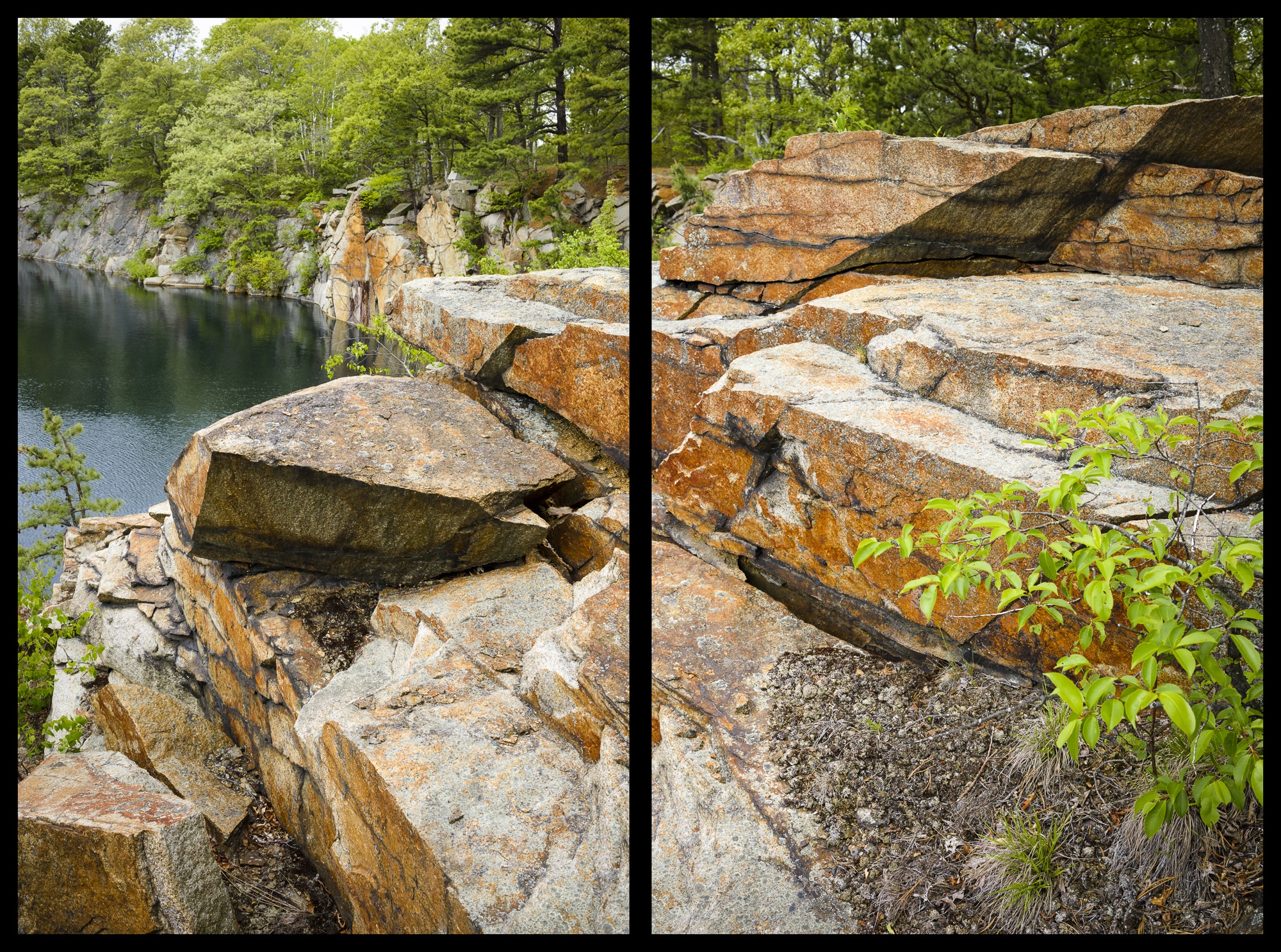
Photo Credit : Steven Keirstead
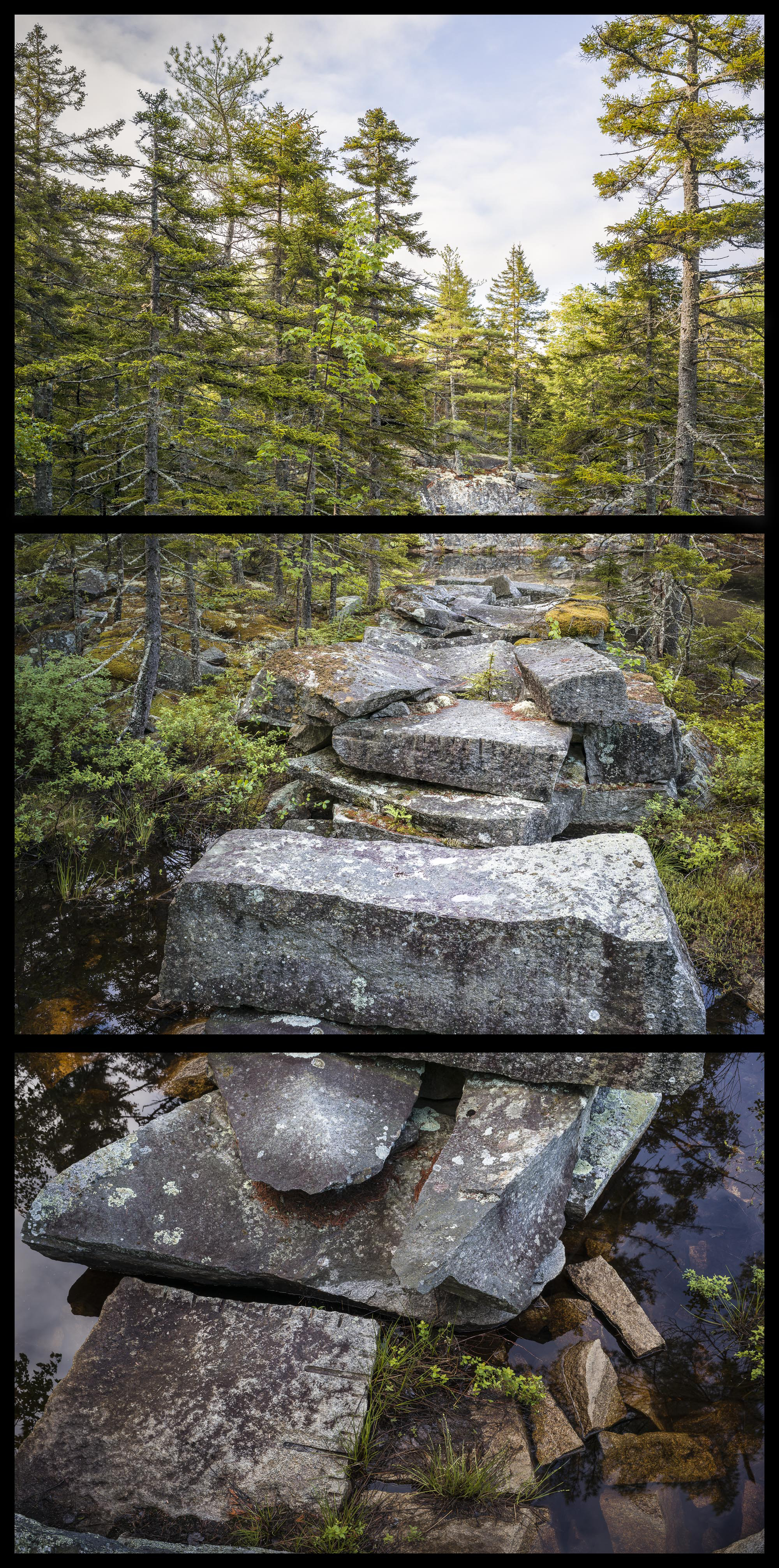
Photo Credit : Steven Keirstead
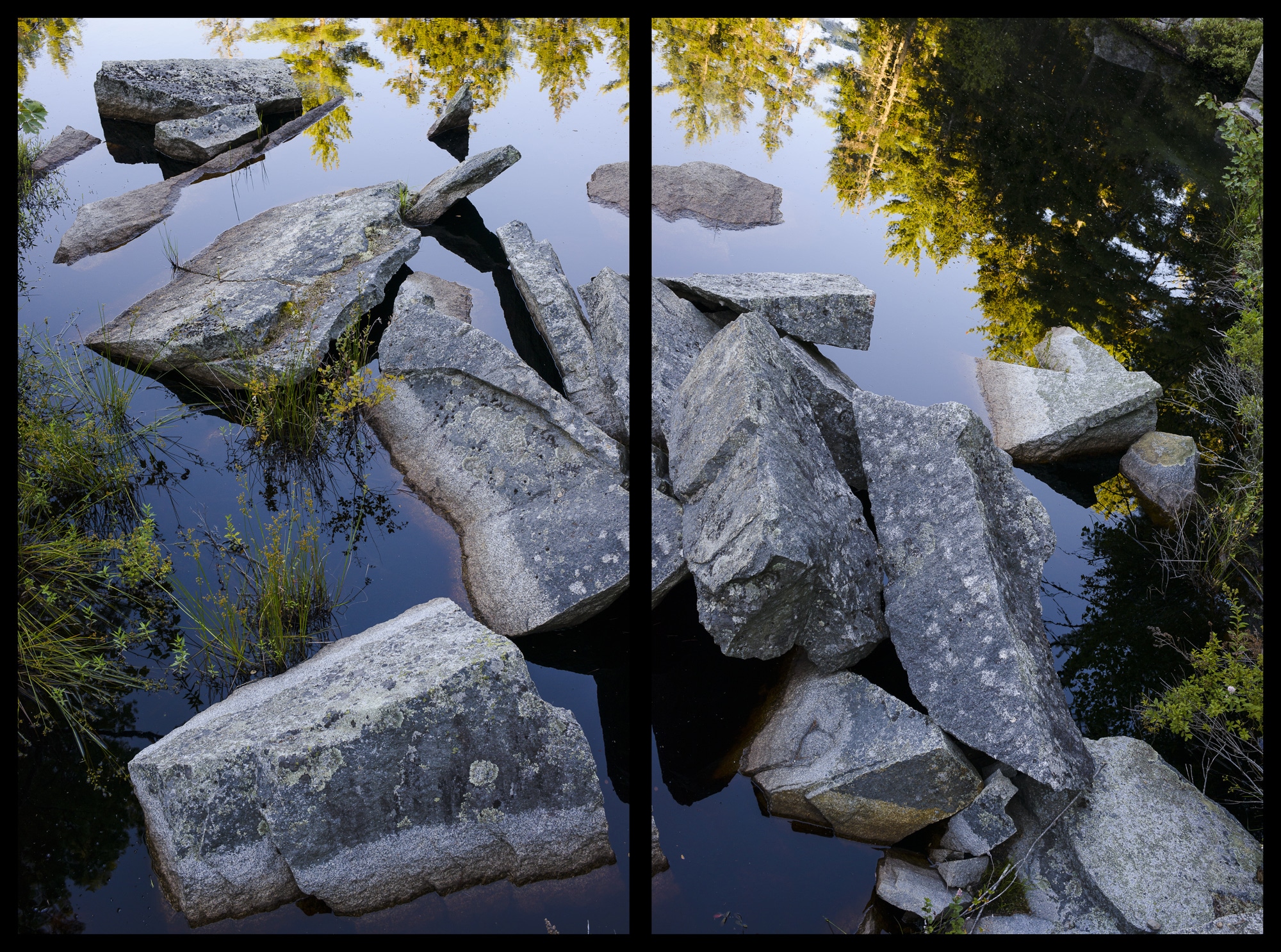
Photo Credit : Steven Keirstead

Photo Credit : Steven Keirstead
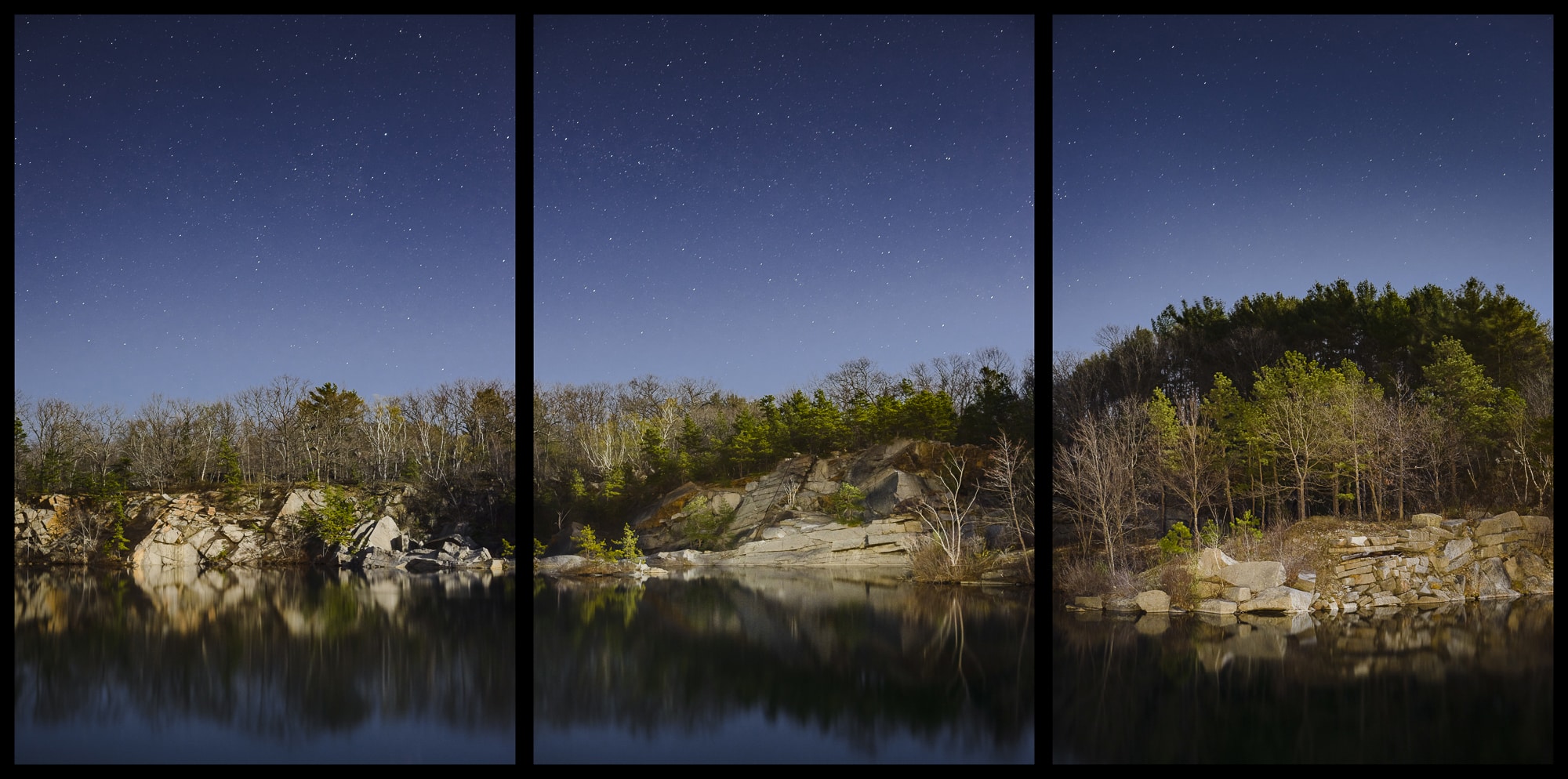
Photo Credit : Steven Keirstead

Photo Credit : Steven Keirstead




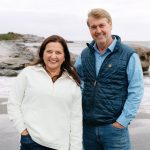
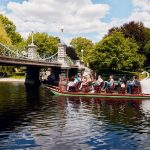

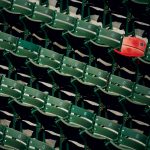
A wonderful collection, one that makes me want to visit those quarries. And I enjoyed the technical comments from the photographer.
You should visit the J.K. Freedley Marble Quarry, circa 1836, in West Stockbridge, Massachusetts. Artifacts, Marble cliffs, historical. Go to Massachusetts Histoical Society, to find out more. October 7th and 8th event scheduled for Archaeology Month.
Note that we have moved to Blue Hill, Maine, as of 2020. I have a new website at https://keirst.myportfolio.com , thanks, Steven Keirstead, artist.